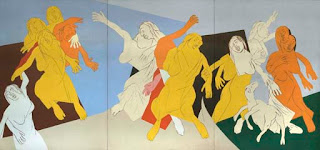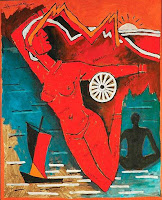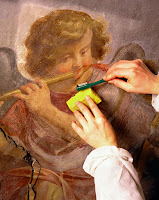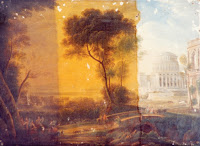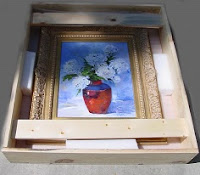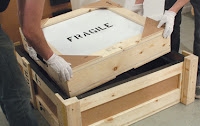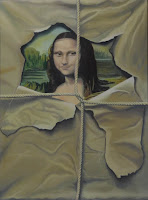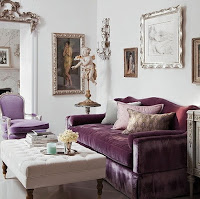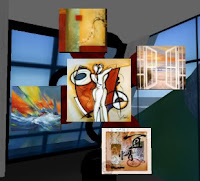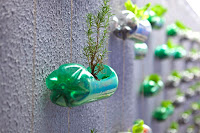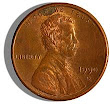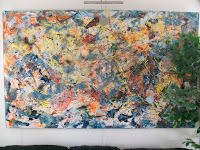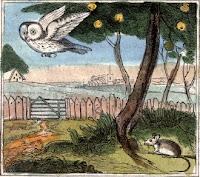How to Invest in Art? 🎨
Art is booming! Indian art is the new avenue for investment! The headlines are screaming names of Indian masters and the amounts they are being sold for. Artist Tyeb Mehta’s ‘Mahishasura’ being auctioned for $1.5 million is still quoted in any article on the Indian art market. Suddenly people who wouldn’t know their Hussain’s from their Raza’s want to buy ‘Art’ and reap golden dividends on their ‘investments’. This brings us to the moot question that every new investor would like an answer to “How to invest in art?”
Know your art: When it comes to buying stocks you would undoubtedly study the market, go through past company records, see the financial health of the company. Investing in art requires the same amount of understanding and research, only in this case you will be focusing on the artist whose work you are planning to buy. Following are the points that you should cover in your research:
- Go through his profile, it makes a difference if the
artist has been to an art school or is self-taught.
- Consider which galleries are promoting the artist, how
many exhibitions has he shown his works in, who have been past buyers of
his works, have his works been acquired by art museums or institutions?
- Before zeroing in on a particular work, see the
previous and current works of the artist. Ideally it is advisable to
purchase work in the particular style associated with the artist. A one-off experimentalize work may appeal to you but would perhaps not be the
best option when you seek appreciation on your investment.
- For a artwork to have an appreciation value it must be
‘timeless’ which means it should be able to transcend currents fads and
trends. For instance, the Indian art market a couple of years ago was
flooded with images of the Buddha, with new buyers seeking the Buddha in
line with the Feng Shui fad; these have little or no investment value.
- Consider the provenance of the work, especially if the
artist is well known. Insist on an authenticity certificate, signatures
are very easy to forge and with the high prices that well-known artists
command, fakes are a lucrative market.
- Of course, it the job of gallerist to guide you
before you make your purchase, but always bear in mind, that they too are
interested in making a ‘sale’ so learn to read between the lines.
Established or
Upcoming Artist?
This question can be easily answered by considering what returns you are
seeking. If you are looking for short term gains then by all means buy an
established artist, where you are likely to make an estimated 20% gain annually
if you choose to resell your work. However, if you are able to have a lock in
period of about 8 to 10 years for your investment, then upcoming artists are a
more exciting option. For the reason that if the artist you are backing does
become a sensation, then your small investment will truly escalate, besides you
get the satisfaction of knowing that you have a good ‘eye’ for art and chose
well. It is always advisable to balance your art portfolio with works by both
established and emerging artists. Just as not all upcoming artists will be
successful, similarly not all works by established artists are masterpieces and
appreciate in value.
Art for Art’s sake! Purchasing art cannot be just a business decision, because
unlike stocks, here the ‘product’ that is the paintings should appeal to you on
an emotional level as well. In fact, very often an artwork that manages to
capture your imagination and wonder; is most likely going to appreciate in
value as well. Again, unlike stocks, you are not going to get monetary
dividends from your investment, but you can get hours of viewing pleasure from
your artwork. Besides, you are likely to maintain a gestation period before
re-selling the artwork, so you may as well purchase something you like – buy an
artwork for its intrinsic value, the material returns will follow!
Art Funds: For those who wish to take advantage of the art boom, but would rather leave the purchase of artworks to the experts, there is the option of Art Funds! They function in a manner similar to the mutual funds and here their portfolio consists of works by artists which their experts recommend. Some art funds that cater to the Contemporary Indian art market are Copal Art, Edelweiss Securities, Crayon Capital and Osian’s Connoisseurs of Art. These funds are listed on the stock exchange and you monitor their performance. These funds will have a minimum investment requirement and lock in period as well. After deducting their managerial fees, they distribute the profits from the sale of the artworks to their investors.
A word of caution though - Investing in Art Funds does not guarantee a return:
evaluate an Art Fund carefully like you’d evaluate any other similar investment!
The essential basic point to remember while investing in art is that it is not
a very ‘liquid’ asset. There could be instances of artists you have purchased
not appreciating in value, there could be a long gestation period. At the same
time, ‘art’ is probably the only ‘collectible’ which has a reasonably
structured and transparent market. Prominent galleries which deal with the top
level artists can even offer you a buy-back guarantee on the artworks. Ride the
boom of the Indian art market but play safe for when the levelling process sets
in!
Buy original paintings on Artzyme
Fast Facts for
investing in Art:
- Buy a work that you feel a connection with
- Research the artist
- Check out the provenance and authenticity of the
artwork
- Buy work that is typical of an artist’s style
- Be prepared for a gestation period on your investment
- Purchase a mix of established and upcoming artists in
your art portfolio
- Art funds are an investment option for those not
looking to physically own works
- Take care of the artworks you have purchased, (read blog my blog on preserving arts), their value depends on how well maintained they are.

